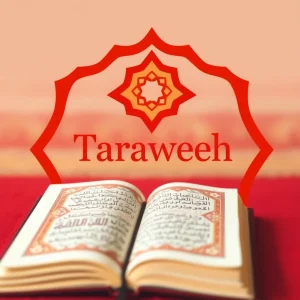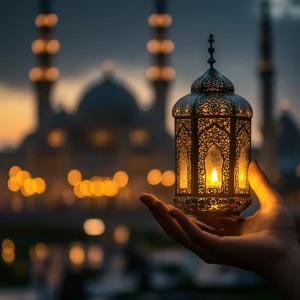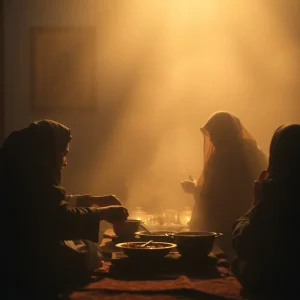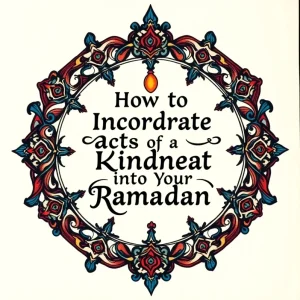The Celebration After Ramadan of Eid al-Fitr
The Celebration After Ramadan of Eid al-Fitr. The Muslim community throughout the world celebrates Eid al-Fitr by various names but simply calls it Eid. During this holiday, people celebrate the conclusion of Ramadan together with its associated acts of prayer, fasting, and reflection. People unite to perform prayers together with feasting while showing gratitude to Allah for succeeding in completing their fasting period. Eid al-Fitr fulfills two purposes: Muslims celebrate the end of fasting with gratitude and charity.

The Significance of Eid al-Fitr
The Islamic celebration known as Eid al-Fitr occurs on the first day of the tenth lunar month, Shawwal. Eid comes on different dates annually since it depends on moon sightings, which indicate the end of Ramadan. Each geographic location determines Eid al-Fitr dates through ÜNİYCE procedures because their calendar relies on observations of the new moon.
Fundamentally, Eid al-Fitr derives its meaning from being the observance that follows the sacred month of Ramadan and spiritual dedication. Muslims maintain a daily fast through each day during Ramadan by avoiding food and drink as well as physical needs from dawn until sunset. Muslims observe fasting as one of their Five Pillars of Islam since this practice develops self-control while helping individuals understand the struggles of people in need. Eid al-Fitr stands as a festival dedicated to marking this spiritual achievement as well as showing appreciation for received blessings across the month.
The Traditions of Eid al-Fitr
Multiple traditions form part of Eid al-Fitr celebrations between various cultural groups even though they show shared priorities centered on prayer along with charitable actions and community solidarity.
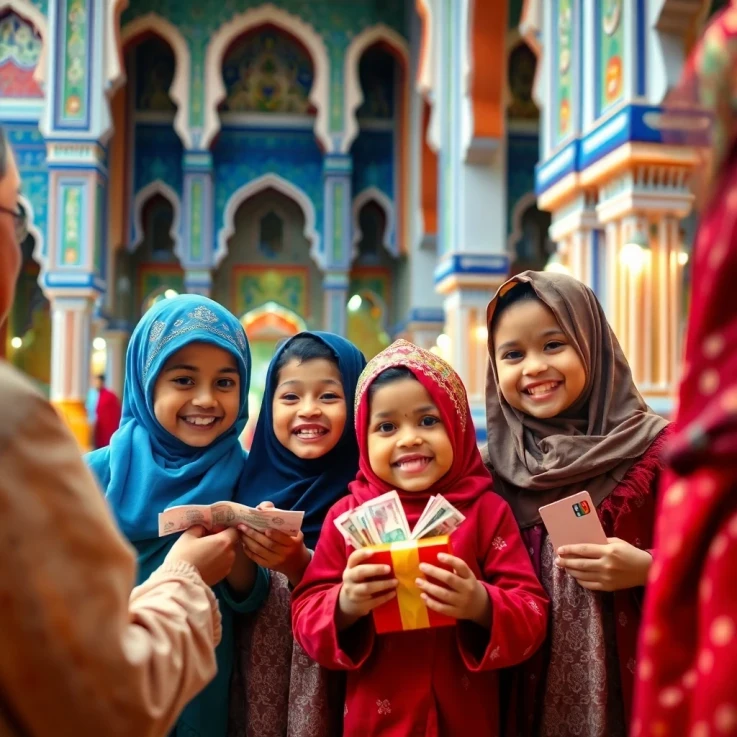
1. Eid Prayers (Salat al-Eid):
The first activity of the day consists of special Eid prayers, which take place either in mosques or open public spaces. Muslims perform the Eid prayer through two units of prayer (rak’ahs), and this act usually includes a sermon delivered by the imam. The communal worship of Eid includes Muslims of all ages and cultural backgrounds who gather to pray together.
2. Zakat al-Fitr:
The provision of Zakat al-Fitr serves as mandatory charity for Muslims right before they perform the Eid prayer. To maintain fair participation in the celebrations, poor members of society receive community donations of money or food, which are considered compulsory giving. Households providing Zakat al-Fitr must contribute it according to the price of one meal for each member of the household, starting with children and ending with adults.
3. Feasting and Festivities:
The community gathers for merrymaking through festive meals following the prayers. The traditional dishes differ based on the region and typically contain sweet delights along with particular luxurious foods. Many traditional communities perform three key cultural customs that involve gift exchange between family members and neighbors in addition to sharing meals. People in this environment express gratitude while working to strengthen their relationships with others.
4. New Clothes and Gifts:
During Eid, Muslims normally wear fresh clothes to express their spiritual cleansing practice. Children especially anticipate receiving presents through monetary gifts or toys as the main components of their festivities.
5. Community and Charity:
During Eid al-Fitr, Muslims participate in charitable actions to spread kindness throughout the community. During Eid, many Muslims use the occasion to pay visits to sick people and provide assistance to the poor while offering house invitations to both neighbors and strangers alike. Looking after others and maintaining relations with the community take center stage during this major festival.
The Spiritual and Social Dimensions of Eid al-Fitr

The celebration of Eid al-Fitr creates an opportunity to renew spiritually while people consider their religious growth. Muslims should examine their religious development during Ramadan while praying for pardon from their minor failings as the holy month reaches its conclusion. The religious celebration shows people the value of combining self-control with empathetic behavior while showing proper gratitude in everyday existence.
Eid al-Fitr brings equal importance to its social aspects. Muslims unite for prayer, feasting, and celebration during this occasion, which creates a community experience. This occasion promotes family unity by helping people mend their differences and create bonds of goodwill toward others. Eid al-Fitr teaches us about the essential principles of unity while promoting compassion as well as generosity through its powerful message.
Eid al-Fitr Around the World
The Eid al-Fitr tradition exists across Muslim societies worldwide, but diverse cultural influences determine how the holiday gets celebrated in each region.
Middle East:
Saudi Arabia joins Egypt and the UAE in celebrating Eid al-Fitr through collective prayer sessions and invites guests for eating while organizing communal fairs. Traditional family dinners bring people together as children both receive gifts and monetary rewards during these celebrations.
South Asia:
Eid brings massive, joyful celebrations to people living in Pakistan as well as India and Bangladesh. The special Eid dishes include biryani and kebabs together with sweets such as sheer khurma. The homes receive decorations, and the residents tend to wear their best attire. Visiting family members during this period is a tradition, together with exchanging gift items between relatives.
Southeast Asia:
The holiday of Eid receives the particular name Hari Raya Aidilfitri throughout Indonesia, Malaysia, and Brunei. A significant event during Eid celebrations involves hosting open houses, which allow people from throughout the neighborhood and friendship network to share in the festivities. Traditional dishes for Eid stem from two options: ketupat (rice cakes) combined with rendang (spicy meat dish).
Africa:
People in Nigeria, together with residents of Senegal and Somalia, observe Eid through collective worship coupled with traditional events while enjoying festive meals. Many communities utilize Eid as a moment to provide assistance to the needy people in their communities through volunteer charity programs.
Western Countries:
The Muslim population in the United States, along with Canada and Europe, celebrates Eid by obtaining work or school absences for this holiday. Islamic centers host big prayer sessions, and multiple families gather during this time for celebratory meals. Certain cities organize public Eid festivals to offer food stands, amusement activities, and entertainment features.
FAQs About Eid al-Fitr
Conclusion
During Eid al-Fitr, Muslims spread joy across the international community through heartfelt gratitude and close communal ties. Eid represents the end of Ramadan’s month-long journey through prayer and fasting while becoming a celebration that reminds us about self-control and sympathy along with a charitable mindset. Eid al-Fitr provides Muslims with a time for community because they unite as people through community-wide prayer services and shared meals along with charitable activities.
All individuals who participate in the Eid al-Fitr commemoration should remember the fundamental values embedded within this occasion, which connect people regardless of their cultural or religious background. Eid al-Fitr declares universal values of compassion, gratitude, and togetherness in an environment where differences often divide the world.


